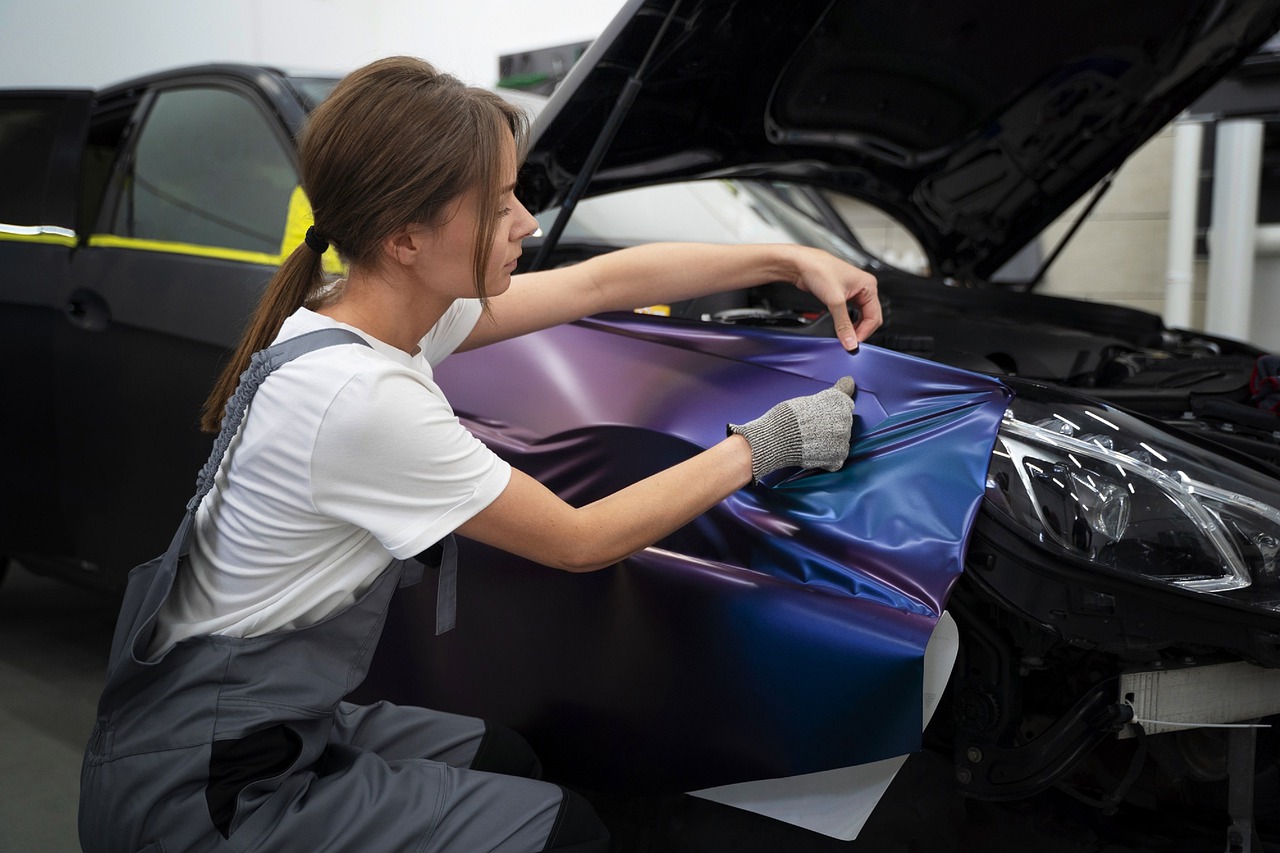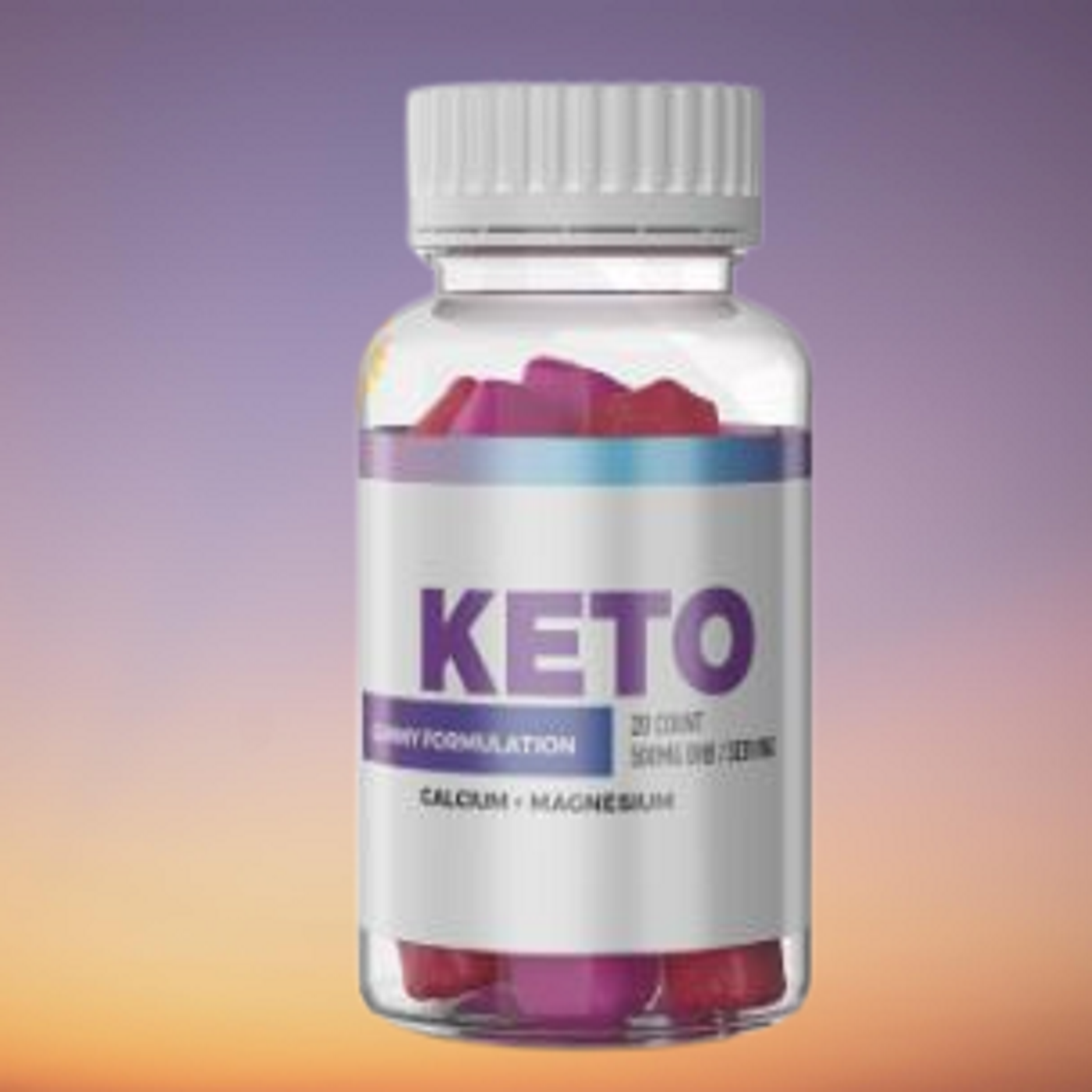General
Ceramic Coating – What is it and how it works!
by Author
-
Tuesday, October 31, 2023
171 Views
Have you ever thought of coating your car with ceramic? Are the rumors true that it keeps your car’s paint job intact? Does it perform as well as waxing and polishing? What is its performance compared to the benefits of a paint protection film (PPF)? And given the cost, is it really worth it?
We will now go through the fundamentals of ceramic coating for cars. What it is, what its benefits are, how it compares to waxing and other options, and what our opinion as professionals is of it. Here we go
Ceramic coating is a liquid polymer that is applied to the exterior of a car to shield the paint from environmental contaminants such as dirt, dust, and grime. It develops a semi-permanent hydrophobic coating that is water-repellent and shields the car from UV radiation and oxidation.
The ceramic coating functions by forming a molecular bond with the vehicle’s surface. This indicates that a tough, long-lasting layer that is challenging to remove has formed. Nanoparticles in the ceramic coating fill in the paint’s pores and give the surface a smooth, glossy finish.
The coating acts as a shield between the car’s paint and the environment, reducing the likelihood of environmental damage. It is also favored by professionals and car enthusiasts since it lessens the need for frequent washing and waxing.
Benefits Of Ceramic Coating
The ceramic coating offers several benefits, including:
1. Protection from environmental contaminants: Ceramic coating makes a barrier that shields the paint of your car from grime, dust, and debris. Additionally, it guards against oxidation and UV damage.
2. Long-lasting protection: Ceramic coatings, in contrast to conventional wax or sealer treatments, can survive for years with the right upkeep.
3. Easier maintenance: Your car may be cleaned more easily because of the ceramic coating’s resistance to water and dirt adhering to the surface.
3. Enhanced appearance: The paint on your car will look better and more attractive thanks to the deep, rich sheen that ceramic coating produces.
4. Increased resale value: Getting a ceramic coating on a well-maintained car can increase its resale value since it shows that the car has been well-maintained and shielded.
What it does
Ceramic coatings function by forming a molecular link with the paint of the vehicle’s surface. This develops a layer that is sturdy, long-lasting, and challenging to remove. Nanoparticles in the ceramic coating cover the paint’s pores and give the surface a smooth, glossy sheen.
When correctly applied, the ceramic coating forms a shield between the paint of the car and the outside world, protecting it from elements like UV rays, filth, dust, and grime. Additionally, it deflects water, which makes cleaning and maintaining the car’s exterior simpler.
There are usually several steps involved in the ceramic coating procedure. The vehicle’s paint is first thoroughly cleaned and ready for the coating to be applied. This entails washing and drying the vehicle as well as using clay bars to scrub away any potential impurities from the surface.
Next, a specialized applicator is used to apply the ceramic coating to the car’s surface. It’s crucial to apply the coating uniformly and make sure it completely covers the car’s surface. Depending on the particular product being used, the coating must be allowed to cure after application for a set amount of time.
After treatment, the coating and paint form a solid bond that offers enduring protection. With the right care and upkeep, the ceramic coating can last for years, making it a popular option for professionals and automobile enthusiasts alike.
The end
In general, ceramic coating functions by forming a shield that adheres to the paint of the car, offering long-lasting defense and a rich, deep gloss. To guarantee that the coating is applied correctly and to get the greatest results, it is crucial to hire a specialist.
About Texas Pro Auto Detailing Studio in Dubai
Texas Pro Auto Detailing is a professional car detailer in Dubai, providing car care services including Polising, Ceramic Coating, Paint Protection Film Installation, Car Interior cleaning etc. They currently have their detailing studio in Umm Ramool, Dubai and have over 1000 happy customers in the first year of operation itself





